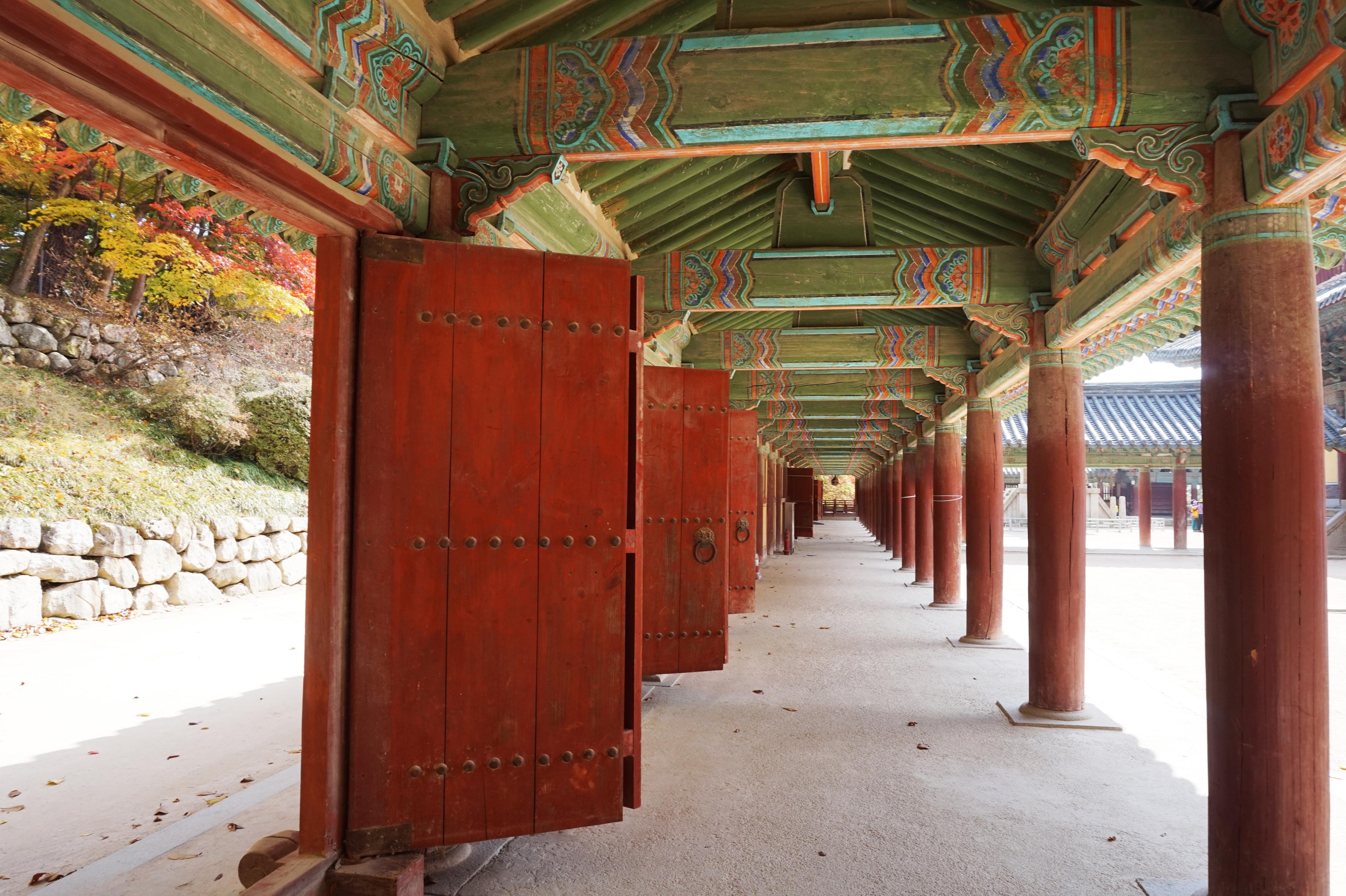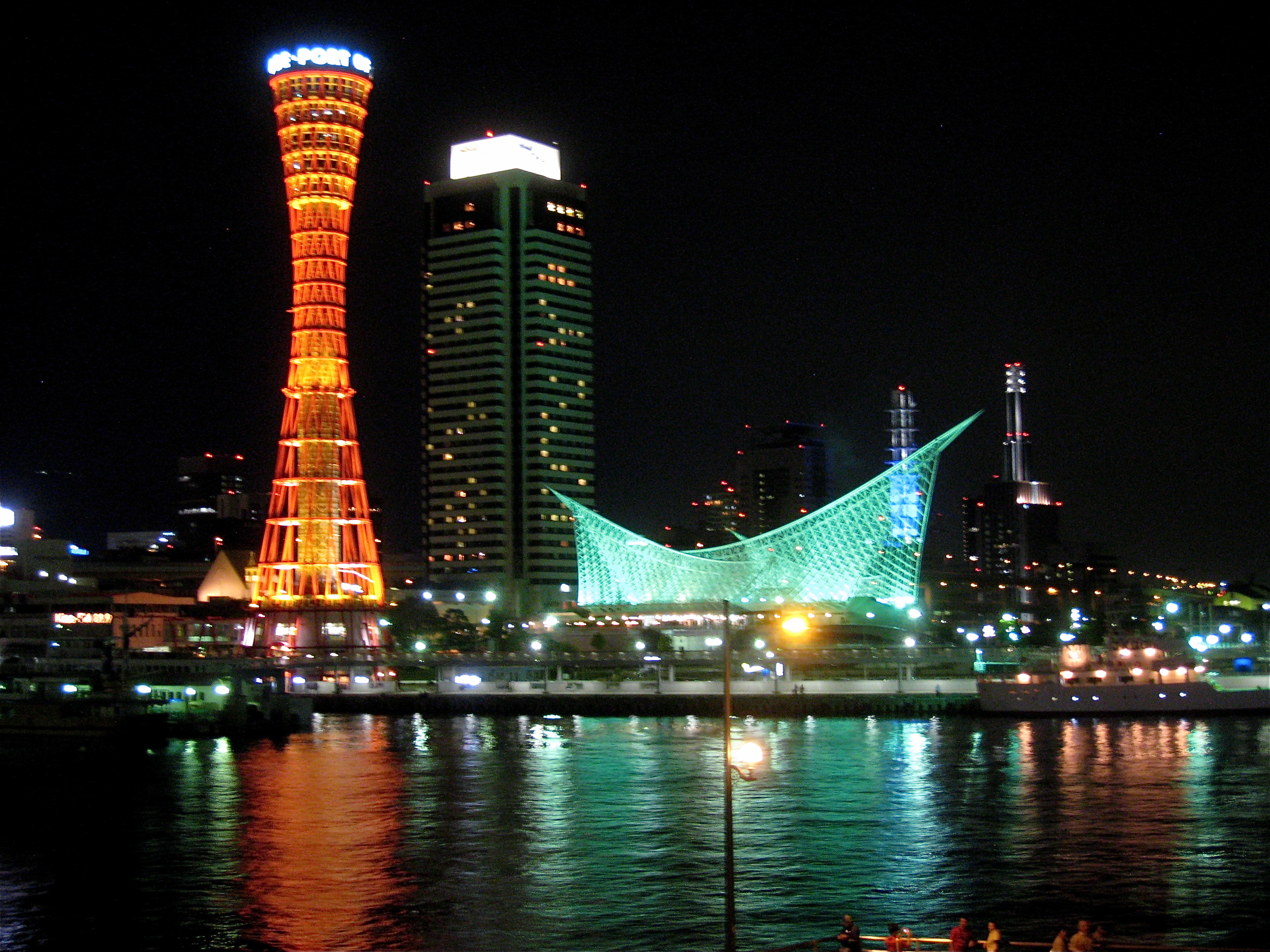Island-hop your way from Japan to Taiwan aboard the National Geographic Orion or Resolution, experiencing a wide array of natural wonders, historic sites, and cultural treasures along the way. From the Edo-period towns on the southern coast of Honshu, set sail to the islands of the Seto Inland Sea, encountering contemporary art and age-old culinary traditions, stunning architecture and iconic shrines. Cruise south to snorkel and kayak among the gem-like islands of the East China Sea before exploring the diverse sites of northeastern Taiwan.
Trips depart on September 30, 2022 and September 16, 2023
Day 1-2: Osaka, Japan/Kobe
Depart on an overnight flight to Osaka, Japan. Transfer to nearby Kobe, and check in to our hotel. Meet your fellow travelers at a welcome reception in the evening. (D)
Day 3: Kobe/Himeji
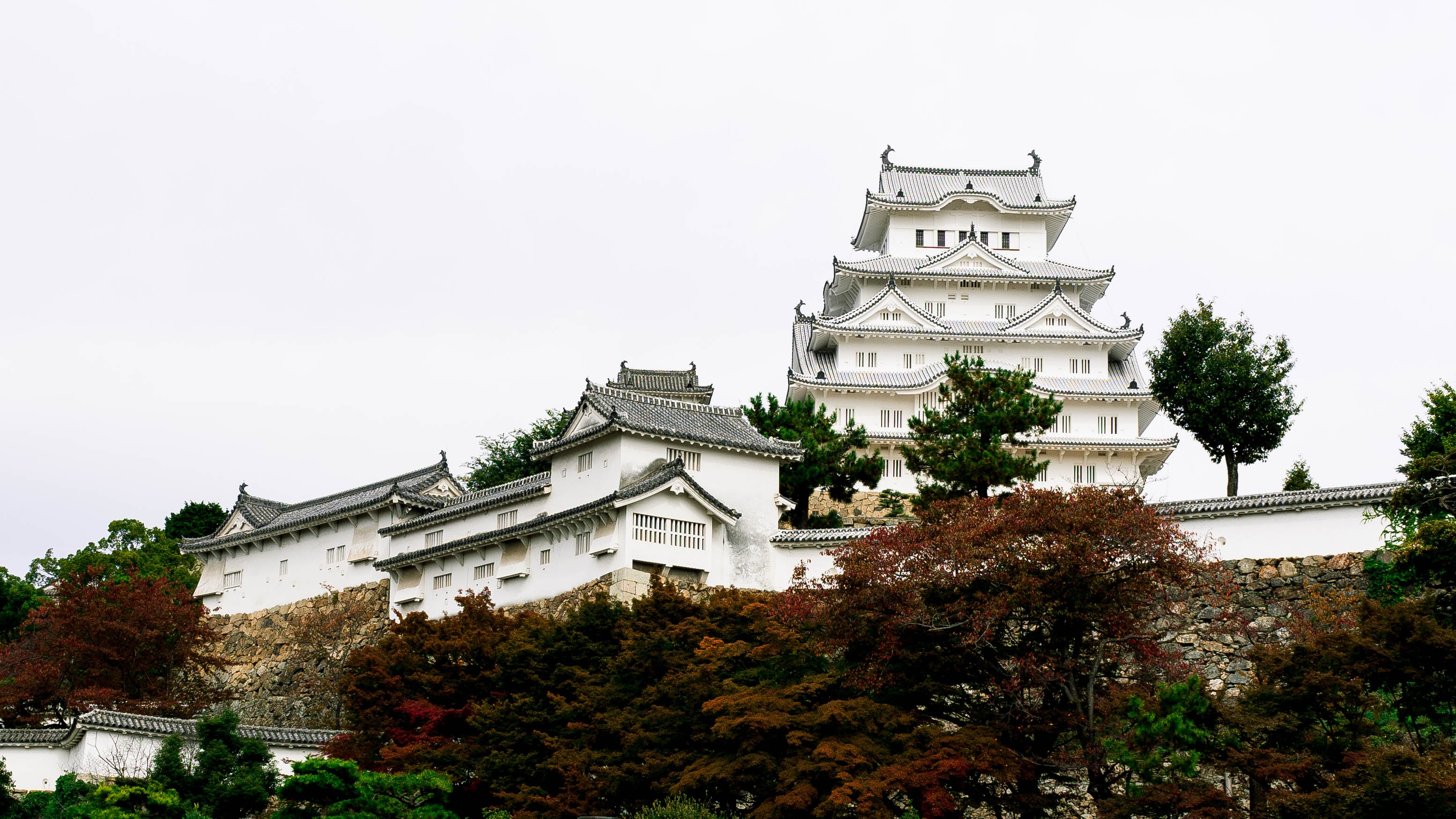
Start the Day with a visit to Himeji Castle, a 17thcentury masterpiece of Japan’s early Shogun era. Known as “White Heron Castle” for its soaring architecture and whitewashed façade, the castle was one of the first sites in Japan to be designated a UNESCO World Heritage site. In the afternoon, settle into your cabin aboard the National Geographic Resolution. (B,L,D)
Day 4: Okayama/Kurashiki
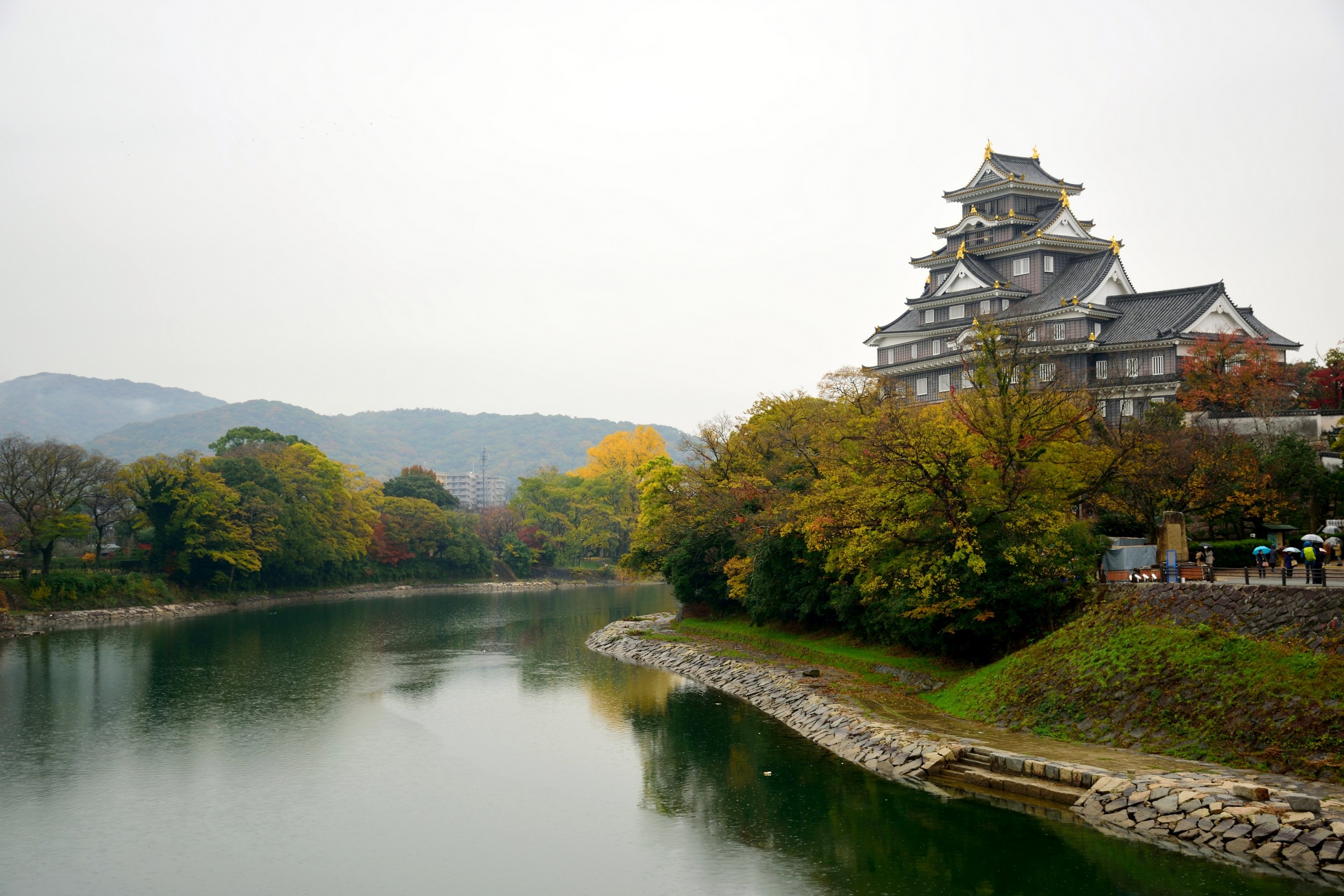
Follow the Seto Inland Sea west to Okayama, where we’ll take a walk in Koraku-en Garden, one of Japan’s most beautiful landscape gardens. Designed in 1700, Koraku-en draws together bamboo groves and cherry trees, traditional teahouses, pine forests, and serene lakes. Later stop by the city’s black-walled Okayama Castle, or “Crow Castle.” In the historic center of nearby Kurashiki, stroll along a picturesque canal lined with willow trees and beautifully preserved granaries once used to store rice and other local produce. See the works of Japanese and European masters at the Ohara Museum of Art, and get a glimpse of the past at Ohashi House, the 18th-century home of a wealthy merchant. (B,L,D)
Day 5: Naoshima and Shodoshima Islands
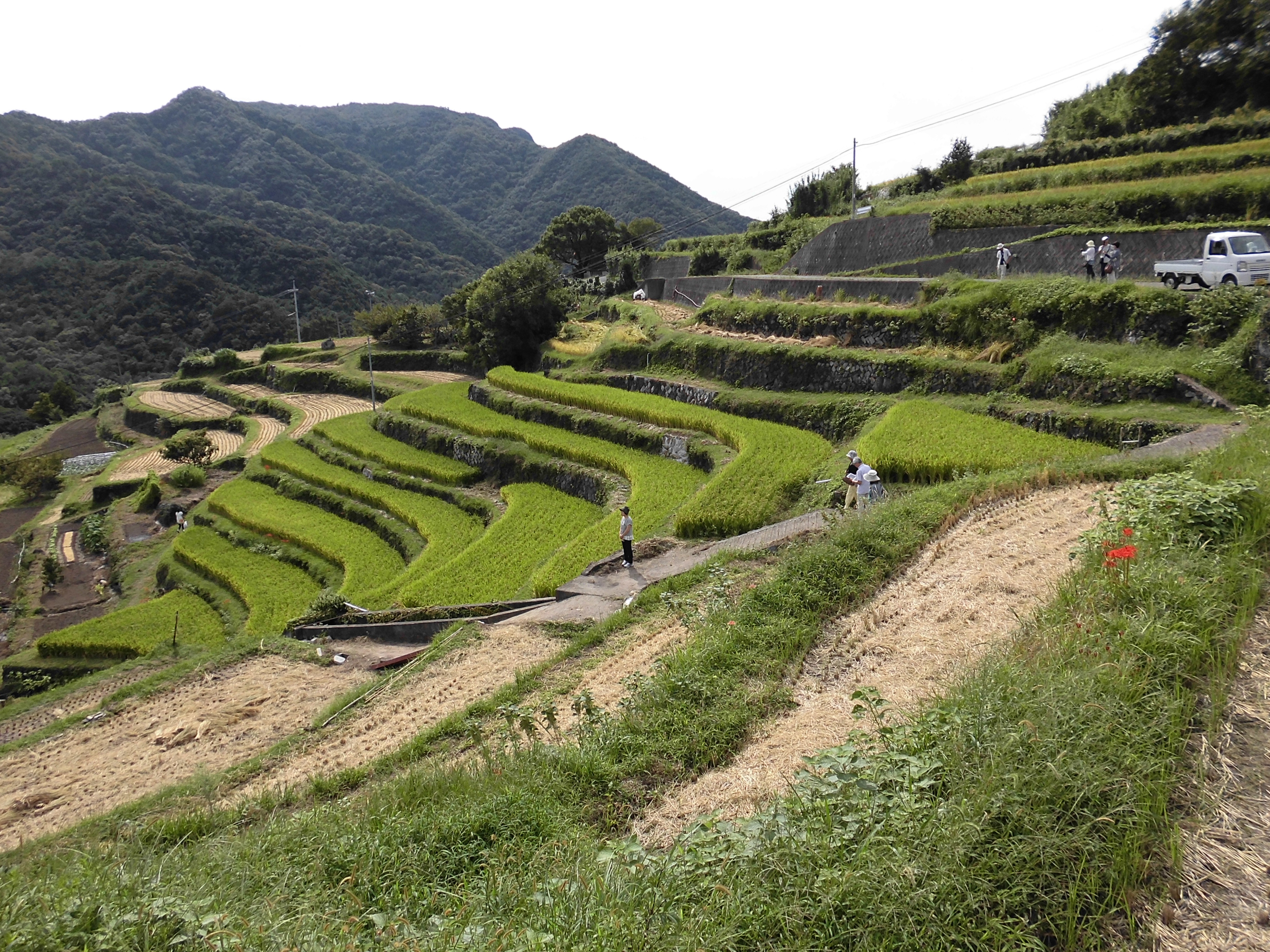
Encounter an astounding range of art—from Monet’s "Water Lilies" to Yayoi Kusama’s polkadotted pumpkins—on Naoshima, an island that has been transformed into a hub for art and artists. Continue to Shodoshima, a culinary mecca for some 400 years, producing soy sauce and delicate somen noodles, and more recently olives and olive oil. Here, admire seaside terraced rice fields and the stunning Kanka-kei Gorge, and pay a visit to a soya house and museum. (B,L,D)
Day 6: Miyajima Island and Hiroshima
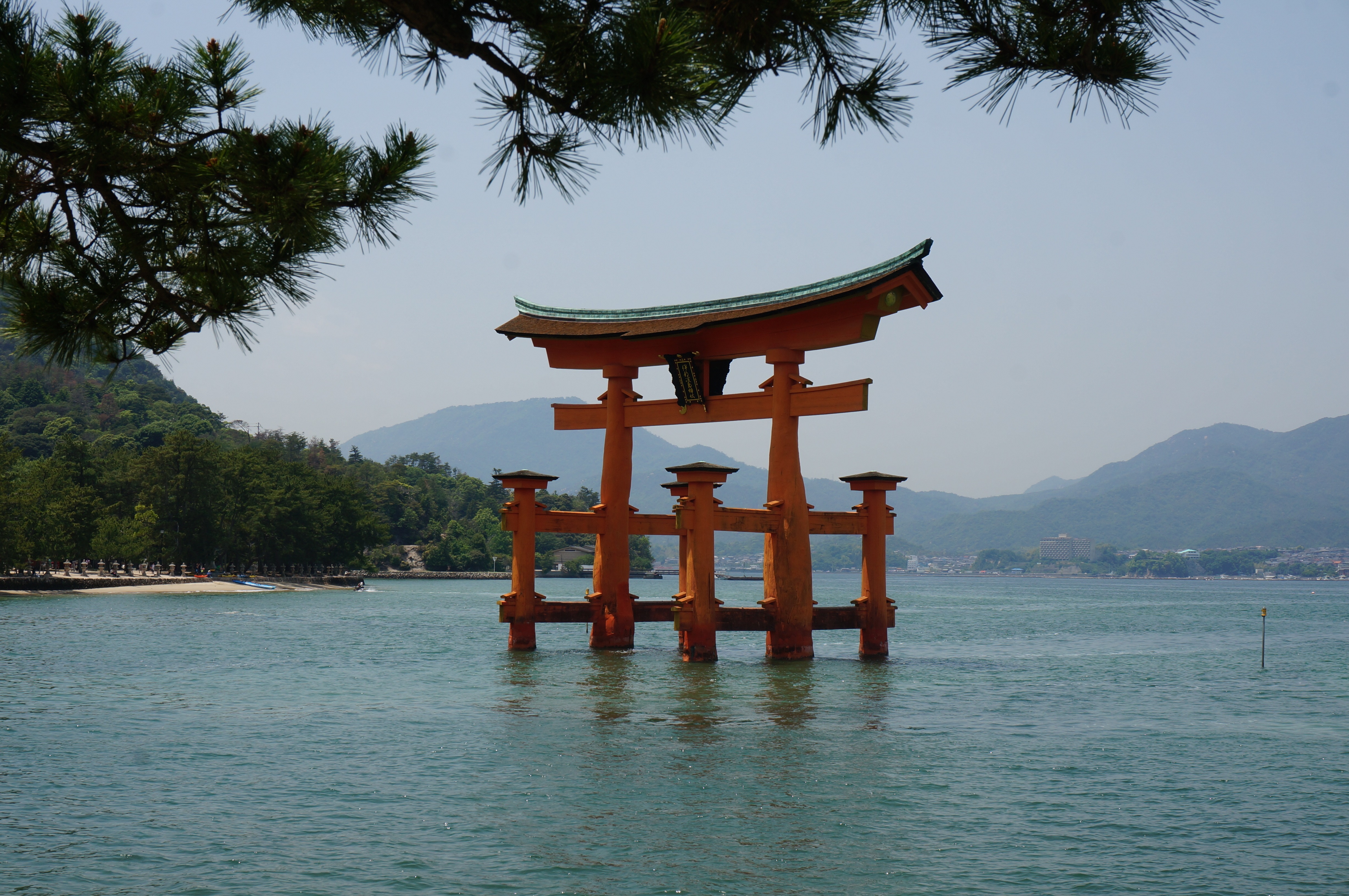
Located just off the mainland, the island of Miyajima is home to one of Japan’s most iconic sites: Itsukushima Shrine. This World Heritage site is a shrine to women built in the sixth century and known for its crimson torii gate that seems to float on the sea at high tide. Spend the afternoon in Hiroshima, the epicenter of the world’s first nuclear bomb attack in 1945, now rebuilt as a center of peace and reconciliation. (B,L,D)
Day 7: Shikoku Island: Uchiko and Ozu
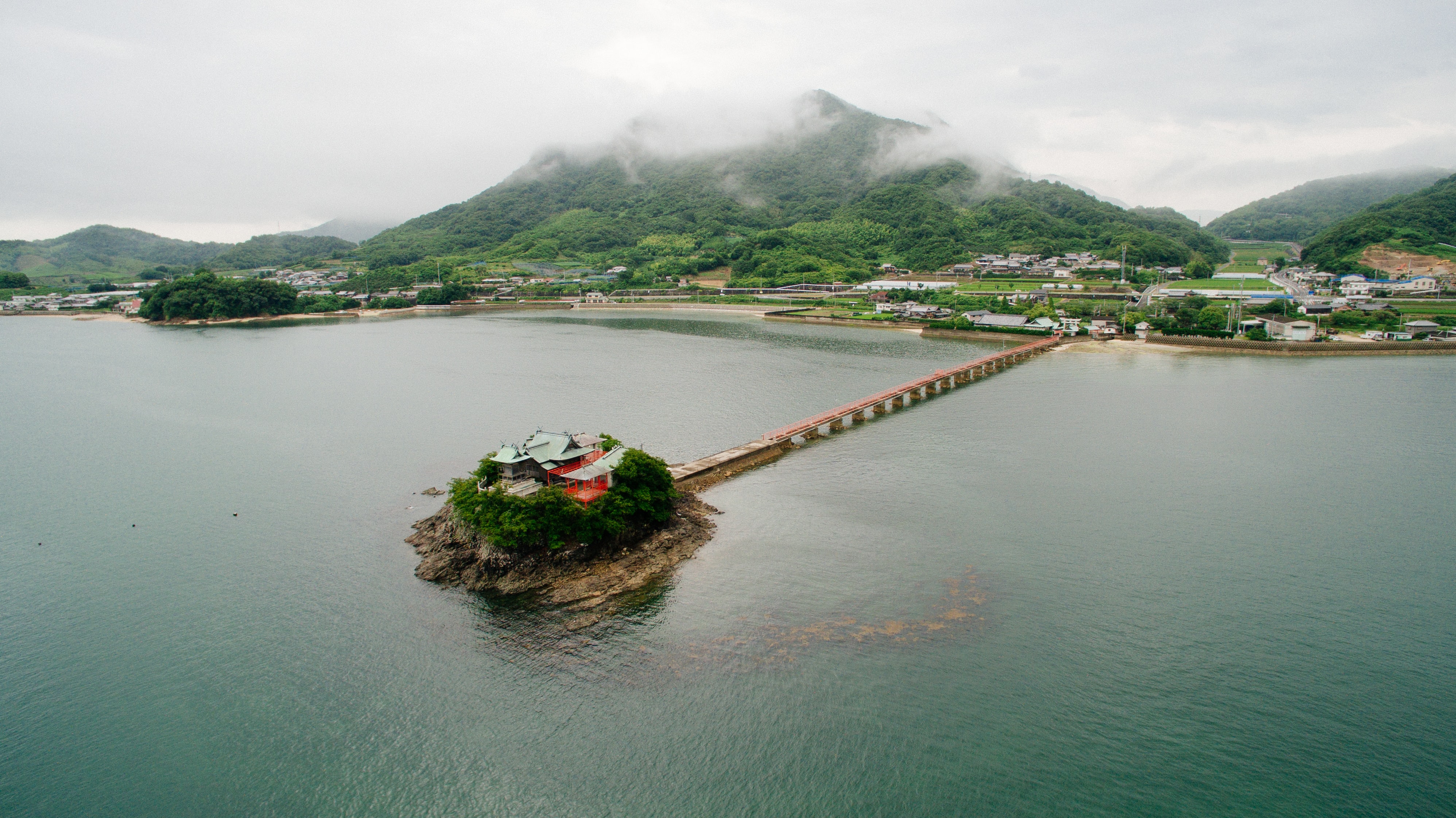
Dock on the island of Shikoku, and travel to Uchiko. Venture into the historic district of Yokaichi to see beautifully preserved merchant houses built in the 19th century, when the region was a major producer of wax. Continue to Ozu and meander along alleyways of old houses from the Edo and Mejii Periods. Then admire the elegant architectural details of Garyu Sanso Villa, a thatched roof manor set on the banks of the Hijikawa River. (B,L,D)
Day 8: Yakushima Island
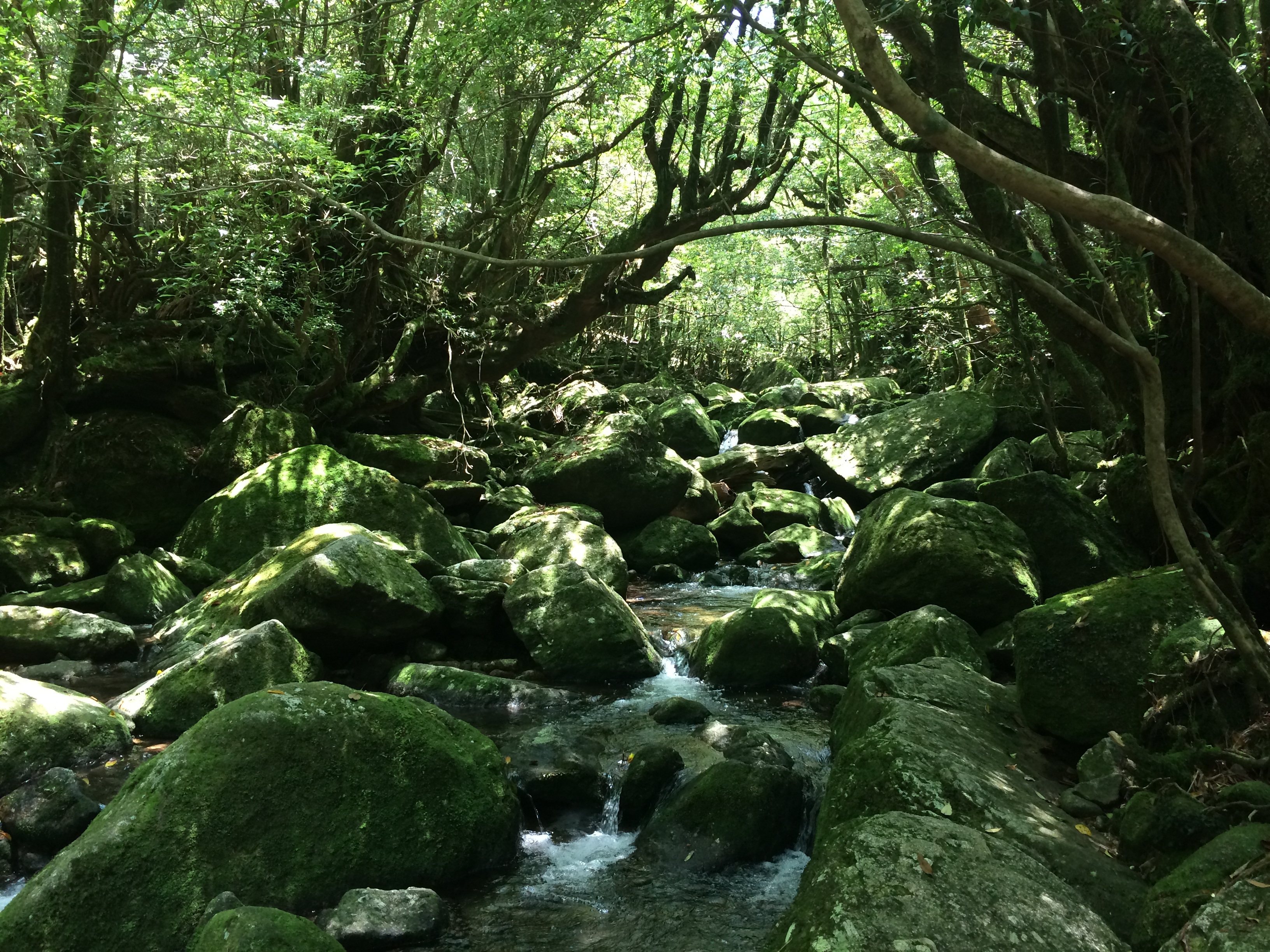
Sail south to Yakushima, a verdant island set at the tip of the main Japanese archipelago. Here, subtropical vegetation lines the coast while the interior harbors an ancient temperate rainforest that has been declared a UNESCO World Heritage site. Head out for a hike to examine the island’s diverse plant and animal species, including enormous yakusugi cedars that date back more than a thousand years. (B,L,D)
Day 9: Amami Oshima Island
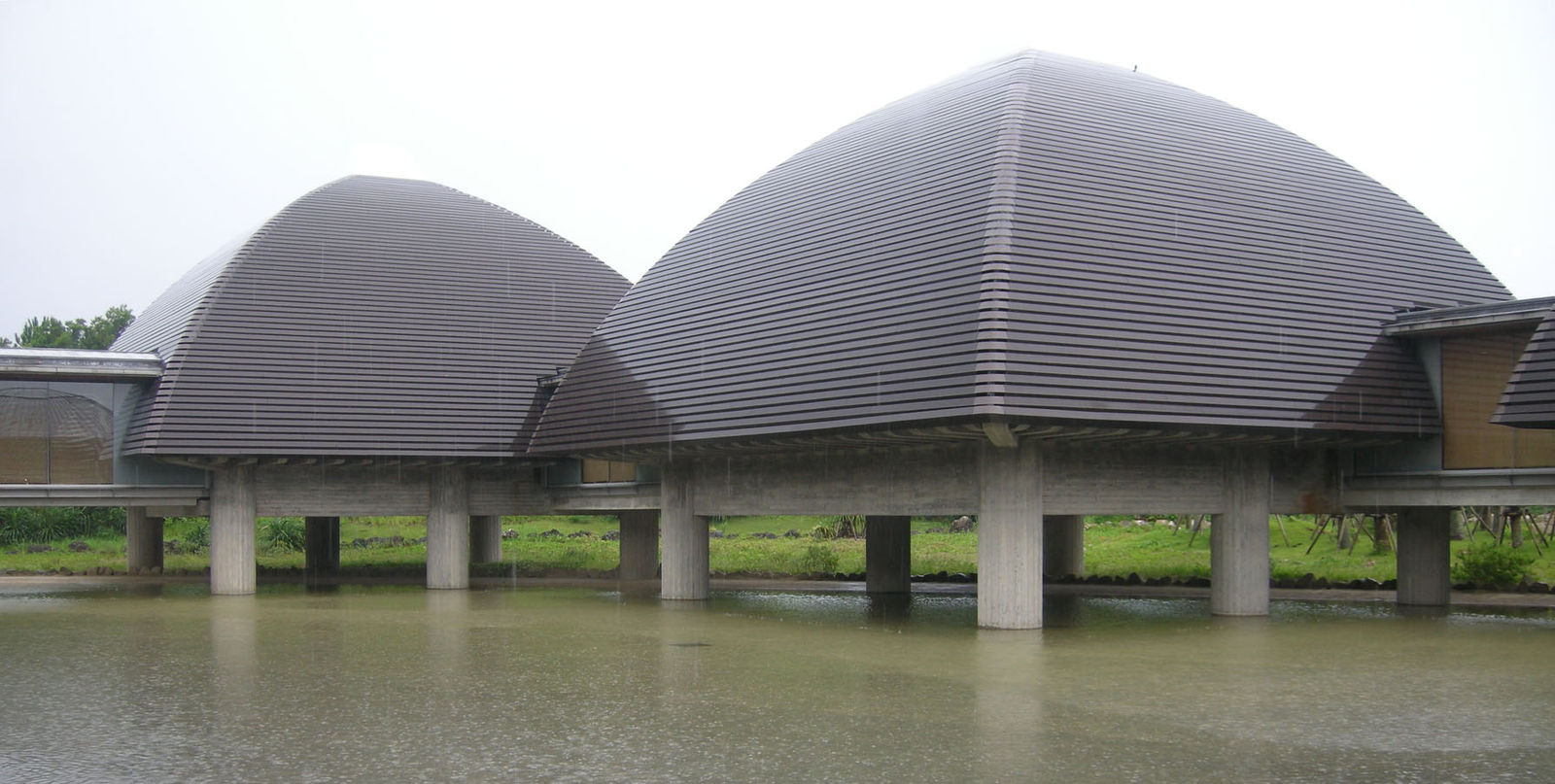
Source: commons.wikimedia.org
Just north of Okinawa, Amami Oshima is graced with white sand beaches, mangroves, and giant sago palms, as well as a vibrant artistic tradition. Trace its unique cultural heritage at the Amami City Folk Heritage Museum, and visit the Tanaka Isson Memorial Museum of Art, dedicated to the renowned Japanese artist who made his home here. This afternoon, relax on deck as the ship cruises along the island’s stunning coast. (B,L,D)
Day 10: Naha, Okinawa/Kerama Islands
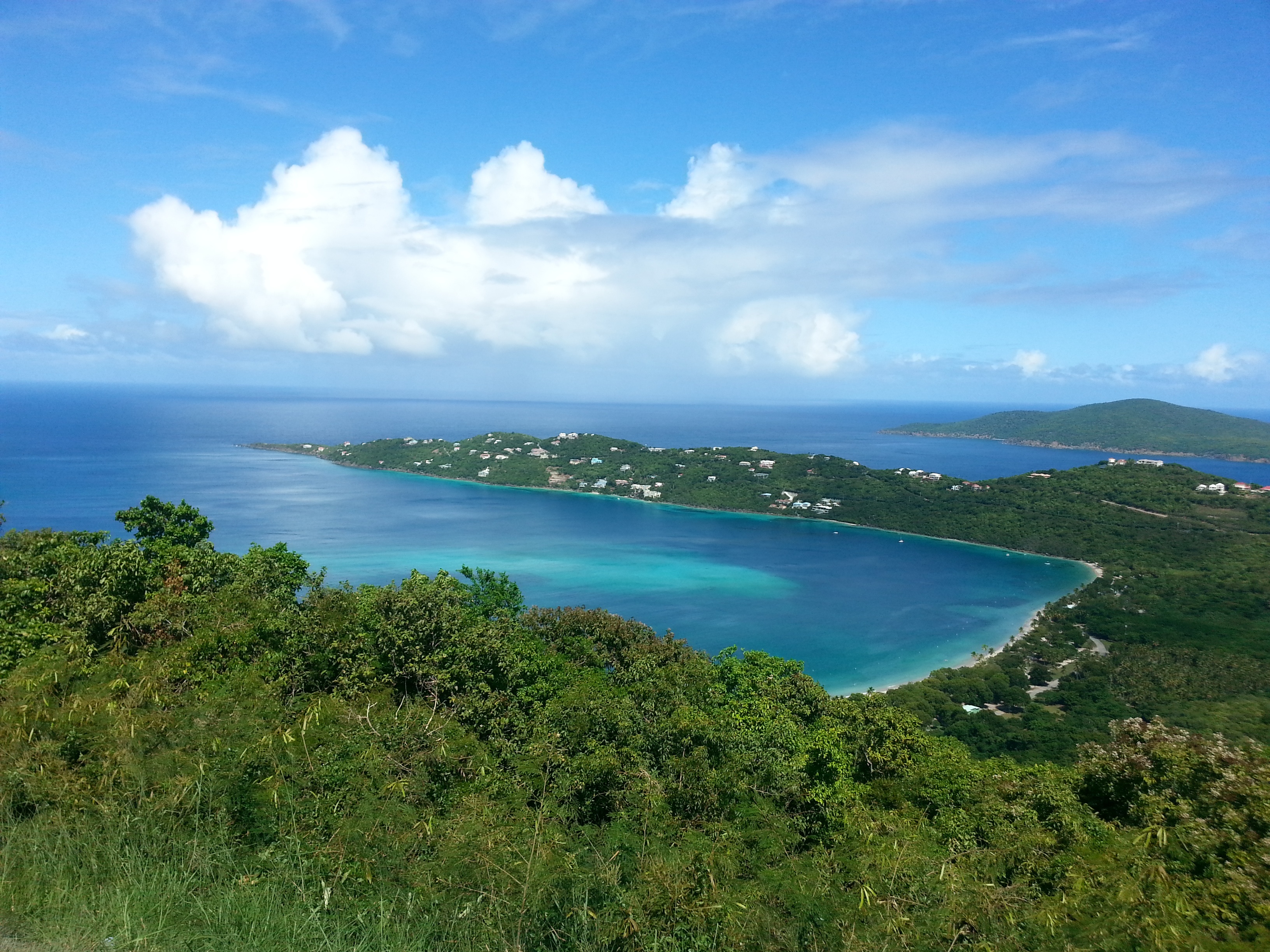
Okinawa was the center of the Ryukyu Kingdom for centuries and only became part of Japan in 1868. Learn about the kingdom’s historic importance and the devastating history of World War II on these islands. Visit the Peace Memorial Park in Itoman, set on the site of the last battle on the southern tip of the main island. Then continue to pristine Kerama Island to spend the afternoon snorkeling, kayaking, and relaxing on the beach. (B,L,D)
Day 11-13: Miyako & Yaeyama Islands
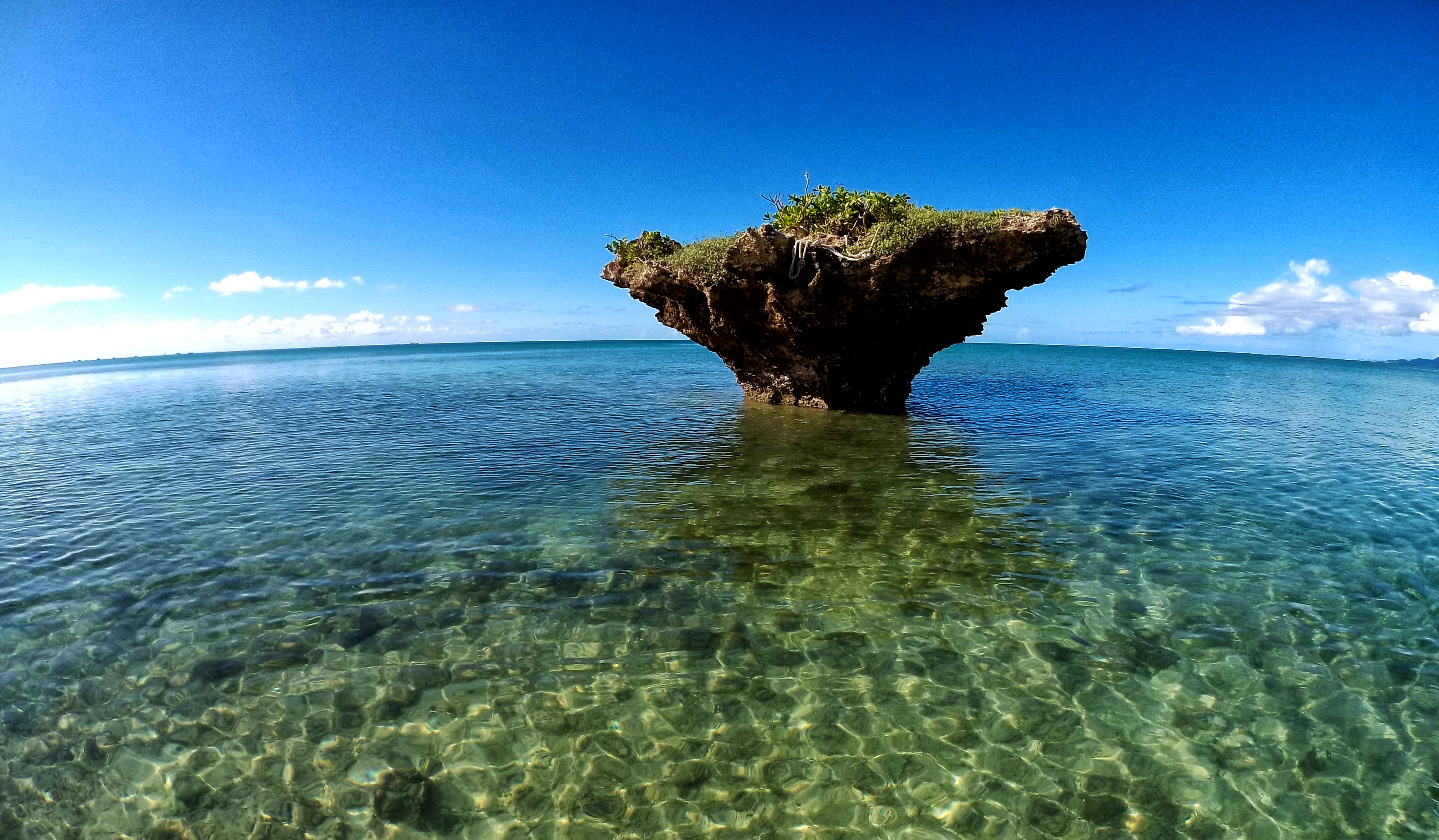
Scattered in the East China Sea off the coast of Taiwan, these tiny islands offer some of the best coral reefs and beaches in the region. Spend three days exploring above and below the water. Ride a Zodiac through the mangroves to spot mudskippers, ruddy kingfishers, or whistling green pigeons. Snorkel vibrant coral reefs and look for the elusive Okinawan dugong, a distant relative of the manatee. (B,L,D)
Day 14: Keelung, Taiwan
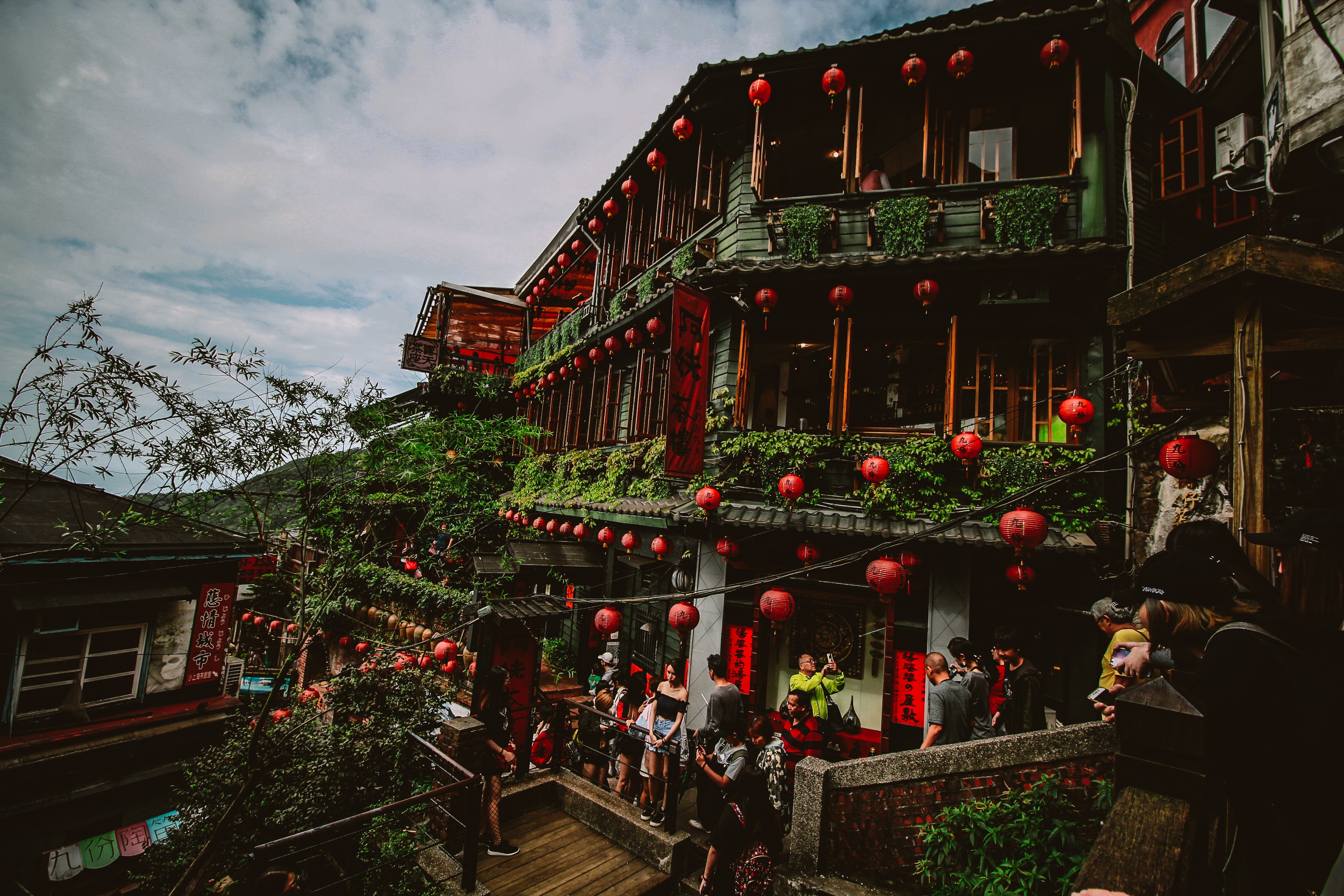
Dock in the port city of Keelung, situated on Taiwan’s northeastern coast. Trace the shore to Jinbaoshan Cemetery, where intricately carved graves lie among gorgeous seaside gardens filled with sculptures and interesting architecture. Then wander amongst the whimsical hoodoos of Yehliu Geopark, a narrow cape where the elements have whittled rock into thin spires and unusual shapes. Learn about mining culture at Jinguashi, site of the Taiwanese gold rush at the turn of the 20th century. Experience a traditional tea ceremony before returning the ship. (B,L,D)
Day 15: Taipei/Home
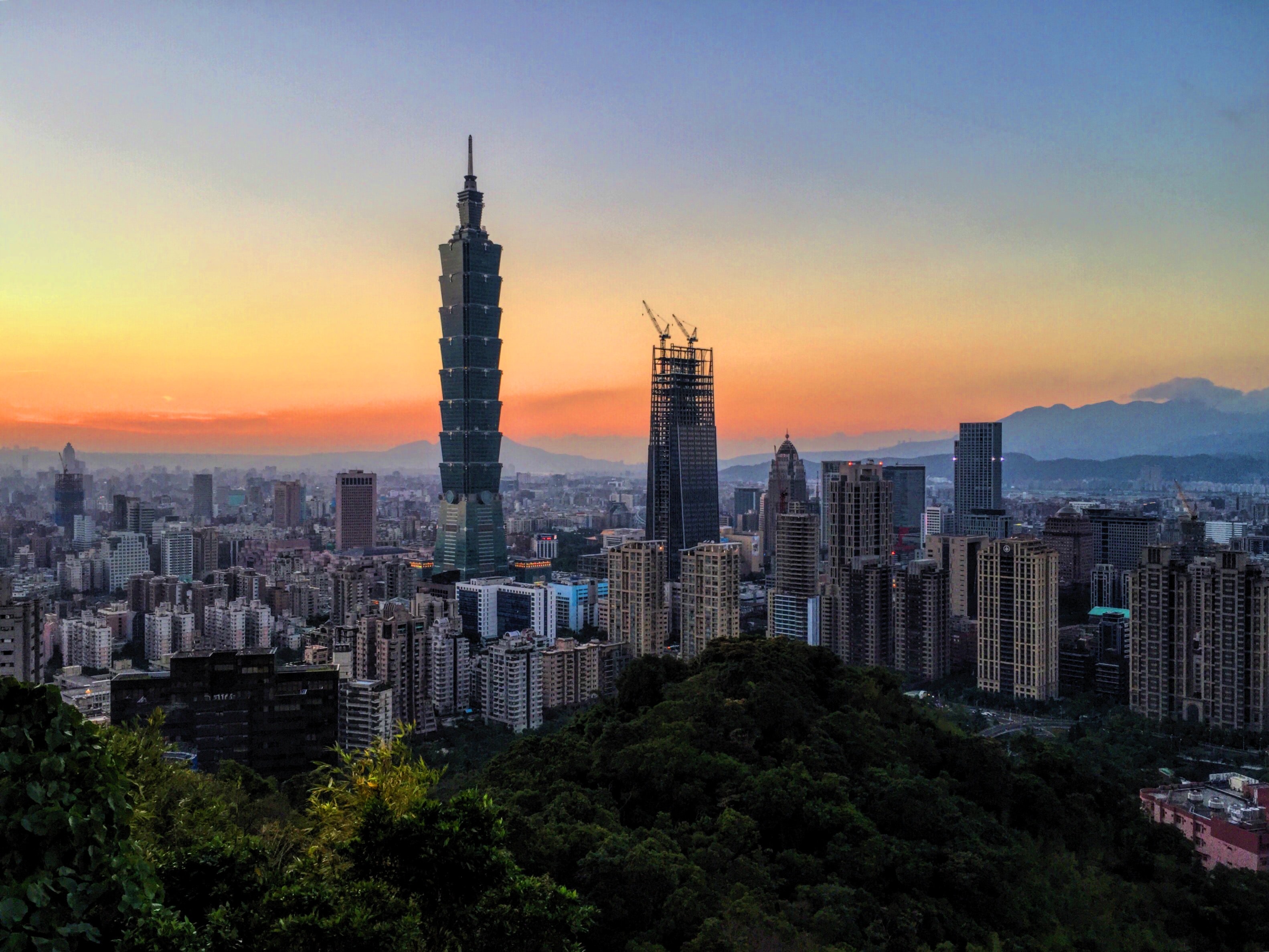
Disembark this morning and travel overland to Taipei. Here, get a close up look at Taiwan’s traditional decorative arts at the exquisitely restored Bao’an Temple. Continue to the National Palace Museum to see an unparalleled collection of Chinese art and artifacts that Chiang Kai Shek brought with him following the Chinese Communist Revolution in 1949. After lunch, transfer to the airport for your flight home. (B,L)
I'd also suggest staying behind for a few more days to explore all that Taipei has to offer. It is also known for its beef noodles and dumplings and a good tour guide will know the best spots to taste them!
For other Itineraries and methods of transportation, check out Iconic Japan by Small-Group Travel and Rail, a bespoke private land-based trip, and a small-ship expedition focusing predominantly on Japan.
Other articles on Japan include: Winter in Japan and Best Places to Travel in the Spring or Fall.
If you'd like to learn more about this journey, you can inquire about a trip from this link, schedule a consultation so that I can learn more about you and your interests, and/or sign up for my weekly newsletter:

